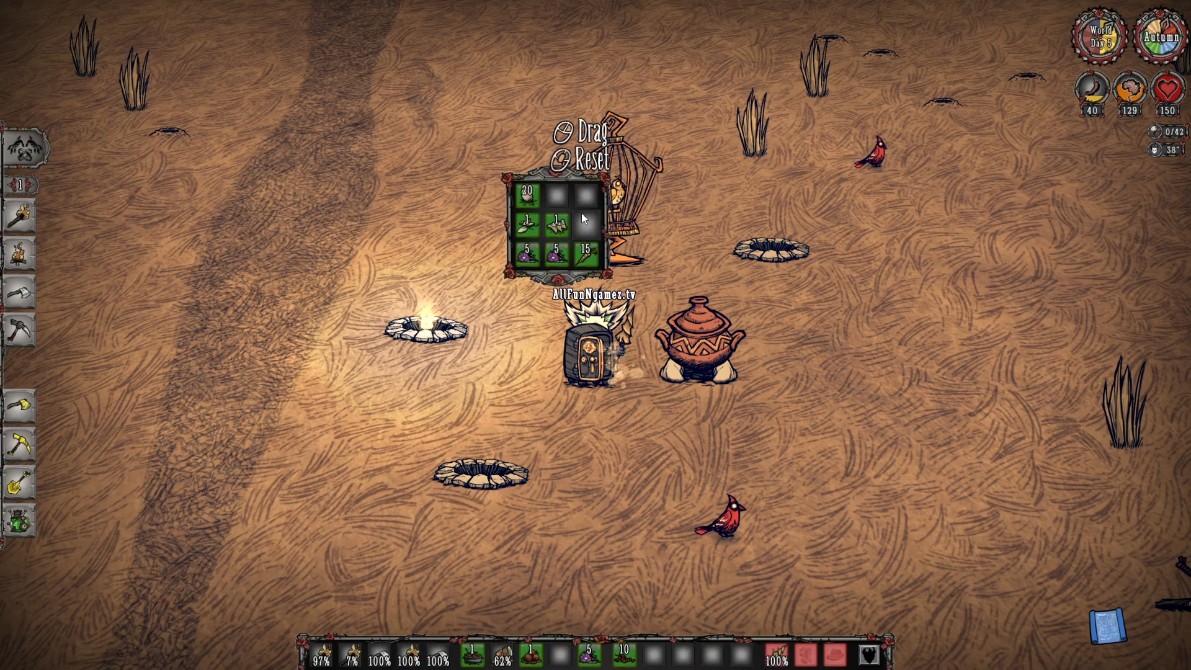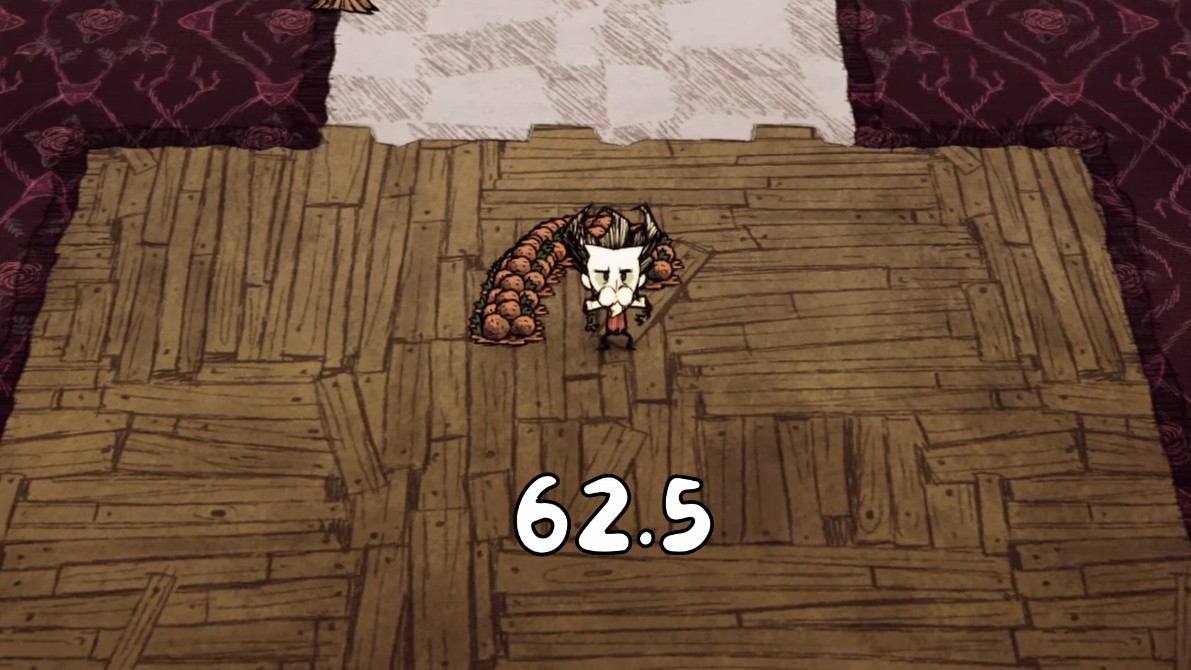Before diving into the details, let’s summarize the key takeaway: Meatballs are the most reliable early-to-mid-game food source in Don’t Starve. By combining one meat (even low-quality monster meat) with three fillers like ice or berries, players can create a hunger-saving dish that costs minimal resources. This guide breaks down why meatballs dominate survival strategies, how to optimize their use, and common pitfalls to avoid.
Why Meatballs Are the Backbone of Survival
In Don’t Starve, hunger management is relentless. Early-game food sources like berries and carrots are scarce, while hunting rabbits or koalefants requires time and tools. Meatballs solve this by turning low-value ingredients into a 62.5 hunger meal. For example:
- 1 monster meat + 3 ice = winter-proof food.
- 1 morsel + 3 berries = early-game hunger fix.
Players often underestimate how monster meat—a resource dismissed due to its health/sanity penalties—becomes viable in meatballs. Cooking neutralizes its downsides, making spider dens a renewable food source.

Cooking monster meat to reduce its health penalty before making meatballs.
The Anatomy of a Perfect Meatball
Meatballs follow a simple formula: 1 meat + 3 fillers. However, not all fillers are equal. Here’s how to prioritize:
| Filler Type | Pros | Cons |
|---|---|---|
| Ice | Infinite in winter, no spoilage | Only available seasonally |
| Berries | Easy to farm, restock quickly | Requires bushes + fertilizer |
| Mushrooms | Renewable, no farming needed | Limited by biome availability |
| Roasted Seeds | Uses excess seeds | Low hunger value |
Pro Tip: Ice is the ultimate filler. Stockpile it during winter and store it in an ice box—it never spoils.
Monster Meat: From Garbage to Gourmet
Monster meat is abundant (thanks to spiders) but dangerous to eat raw. Here’s how to safely convert it into meatballs:
1. Cook the monster meat (reduces health penalty from -20 to -3).
2. Combine with 3 non-meat fillers (e.g., ice, berries).
3. Avoid adding honey, twigs, or mandrakes—they create unwanted dishes like honey nuggets or wet goop.
For example, 1 cooked monster meat + 3 ice becomes meatballs without sanity loss, ideal for winter survival.
Advanced Meatball Strategies
Once you’ve mastered basics, optimize your meatball production:
- Bird Cage Combo: Feed cooked monster meat to a bird for eggs. Use 1 monster meat + 3 eggs for meatballs.

Optimizing meatball production by using eggs from a bird cage.
- Meatball vs. Meaty Stew: Meatballs (62.5 hunger) are better for frequent snacking, while meaty stew (150 hunger) is efficient but requires 2.5x more meat.
- Winter Prep: Mine glaciers for ice—20 ice lasts 10 days with 2 meatballs daily.
Common Meatball Mistakes (and How to Fix Them)
Problem: Getting monster lasagna instead of meatballs.
Solution: Never use 2+ monster meat in a recipe. Stick to one and pair with fillers.
Problem: Meatballs rotting too quickly.
Solution: Store ingredients (e.g., ice, berries) in an ice box and cook meals on-demand.
Problem: Low health/sanity from filler choices.
Solution: Mix in cactus flesh (cooked) or blue mushrooms for +health/sanity bonuses.
Real-World Analogies: Why Meatballs Work
Think of meatballs as survival duct tape. Just as duct tape fixes anything temporarily, meatballs patch hunger gaps while you focus on long-term goals like base-building or exploring ruins. For example:
- Winter = Famine: Ice acts like canned food—non-perishable and always available.
- Spider Dens = Farms: Monster meat is a renewable crop, with dens regrowing over time.
Actionable Summary
- Recipe: 1 meat (monster OK) + 3 fillers (ice/berries/mushrooms).
- Avoid: Twigs, honey, or multiple monster meats.
- Optimize: Use ice in winter, bird cages for eggs, and prioritize filler stockpiling.